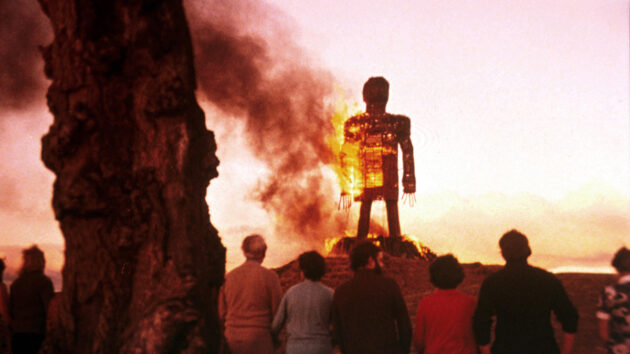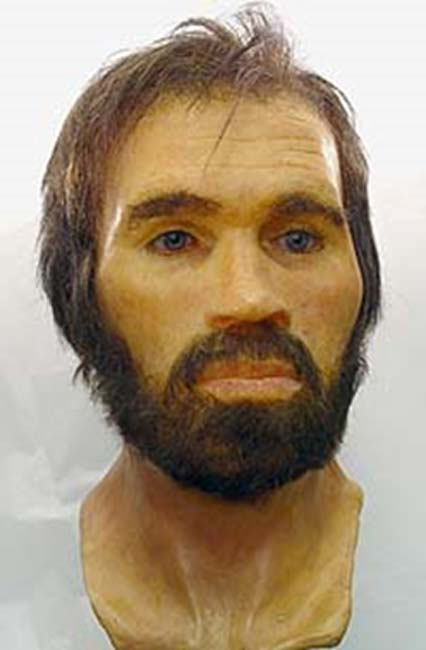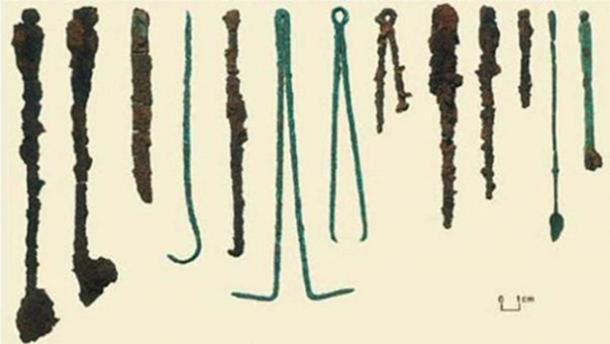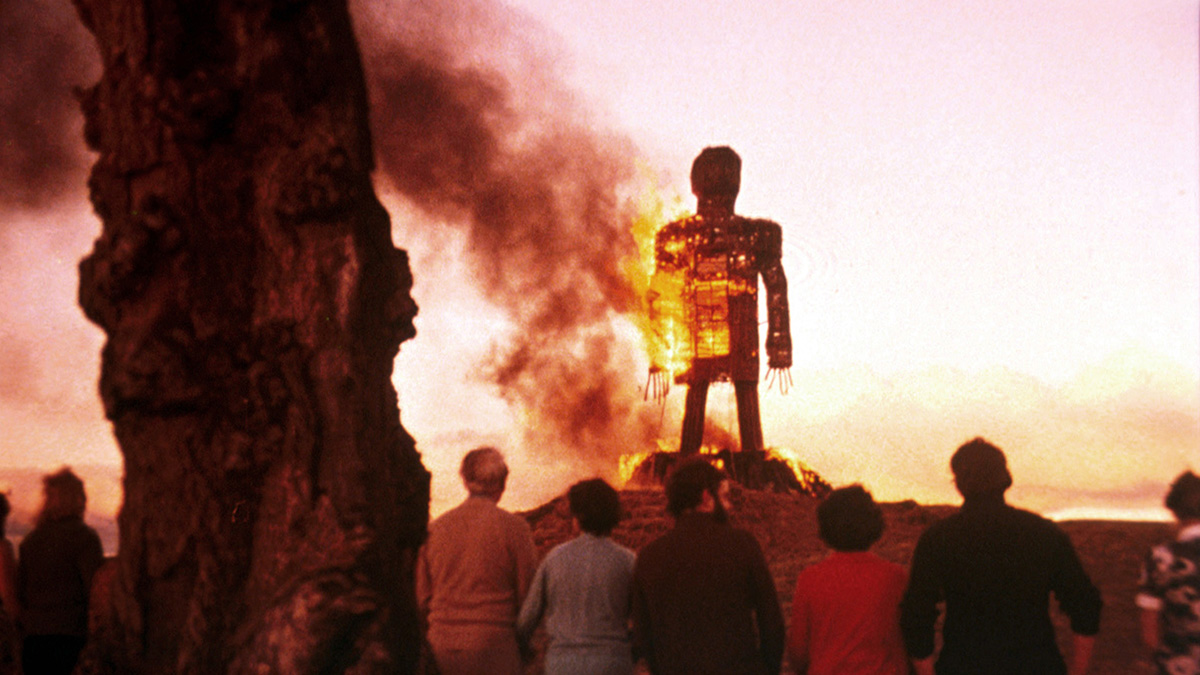History, it is said, is written by the victors. When the vanquished were of a pre-literate society, moreover one noted for its insular reticence about its religious beliefs (“I swear by the gods my people swear by”), then it is no wonder we know so little about its practitioners.
Hence, the Druid priests of the Celts are mostly a cipher on which generations have written their own palimpsests. To the Romans, they were bloodthirsty sorcerers; two thousand years later, they were re-imagined as tree-worshipping hippies. The 1973 psychological horror, The Wicker Man, combines elements of both, gradually descending from folksy nature-worship to brutal human sacrifice.

It was Julius Caesar, who naturally viewed the Roman invasion of Britain as a civilising force taming a backward race of savages at the edge of the world, who provided the first written source to mention druids. It was Caesar who claimed that the druids sacrificed animals and people by burning them inside a wicker man, although there is no actual evidence of this.
Caesar also describes how druids were concerned with divine worship and playing an essential role in Gaulish society, acting as both equites (a term meaning horseman which may equate to warrior [equites were also minor nobility: the closest English word may be “knights”]) and judges. The text also states that druids recognised the authority of a single leader , who would rule until his death, then a successor would be chosen either by a vote or combat – but usually the former. Druids also acted as teachers, training young men to become druids.
Tacitus was another Roman writer who mentions the druids. Tacitus describes druids as leading the Celtic resistance to Roman colonisation. In response, the Romans attacked the druidic religious centre on the island of Mona (modern Anglesey) and burned down the druids’ sacred tree groves.
The most spectacular druidic monuments remaining are undoubtedly the famous standing stones of Britain and Celtic Europe, especially the most famous of all: Stonehenge. As Stonehenge, a gigantic astronomical clock, shows, the druids were particularly fascinated with the movements of celestial bodies.
Other than that, druidic archaeological evidence is notably thin.
Archaeologist and historian Ronald Hutton (University of Bristol) once said that “not one artefact or image has been unearthed that can undoubtedly be connected with the ancient druid”. Even the astral symbolism on Late Iron Age swords and the Coligny Calendar cannot be confidently linked with druids. However, if they are druid artifacts, then it is evidence that they were warriors , as Roman sources describe, even if it was just ritual combat. The Coligny Calendar shows the Celtics were concerned with timekeeping and astrological movements.
Another source of physical evidence is the remains of the druids’ sacrificial victims. Whether or not Caesar made up the wicker man story, it is plain that druids offered human sacrifices to their gods.
[Archaeologist Anne Ross] thinks that she has found evidence for human sacrifice in Celtic society, supporting Roman claims, in the form of bog bodies such as Lindow Man. Roman sources say that bog bodies are the remains of criminals, and their often-violent death supports these claims. Many bog bodies show evidence of ritual killing, by often having been stabbed, bludgeoned, and hanged.
However, the evidence suggests that some bog bodies were not criminals but offerings. Lindow Man, for example, had a good diet, far better than his contemporaries, and had well-groomed nails, indicating a lack of physical work and perhaps a pampered life. Such features suggest that these sacrifices were prechosen for sacrifice at an early age. Perhaps being a sacrifice to the gods was considered a great honor in these cultures?

This was certainly the case in Meso-American society, much later. Despite the horrific brutality of Aztec sacrifice, having your heart ripped out while still beating and then being flayed and your bloody skin worn by a priest, was considered a great honour.
The few graves believed to belong to druids yield more clues. The Deal Warrior, excavated in Kent in 1988, was buried some time around 200-150 BC.
Grave goods included a sword and shield, and he was wearing a crown in the same style as ones worn by Romano-British priests several centuries later. The crown was too thin to have been much use for protection; it was made of bronze with a broad band around the head, and a thin strip across the top of the head.
This discovery led archaeologists to conclude that he might have been a druid. The inclusion of high-status grave goods shows that druids were important figures in pre-Roman Celtic society. The fact the later priests during the Roman occupation wore a similar style of headdress is evidence of continuity of belief and that druid culture became incorporated into Romano-British society.
A second druid grave was unearthed in Colchester, Essex in 2008. The remains were cremated (possibly to release the druid’s spirit) and were placed into a wood-lined chambered burial. As with the Deal Warrior, the site contained numerous grave goods.
Ancient Origins
As well as jewellery, the grave included surgical instruments such as scalpels, a saw, needles, forceps and probes, as well as a strainer with remnants of daisy tea, and a board game carefully laid out.

Grave goods are generally things useful to the dead while alive and in the afterlife. The surgical kit and hints at herbal remedies shows that druids were not just bloody sacrificers.
The surgical kit is also similar to the Roman ones of the time. The peculiar crown of the Deal Warrior is also similar to the ones worn by priests in Britain after the Roman occupation. So, despite the Romans’ assiduous efforts to stamp it out, at least echoes of the druidic cult seem to have persisted after Britain became a Roman province. So druids were sacrificial priests and may also have been active in some role as war-leaders, but they were also healers and doctors, teachers, fortune-tellers and astrologers. The fragmentary pieces of knowledge we have suggest that their role in Celtic society was complex.
Please share this article so that others can discover The BFD

